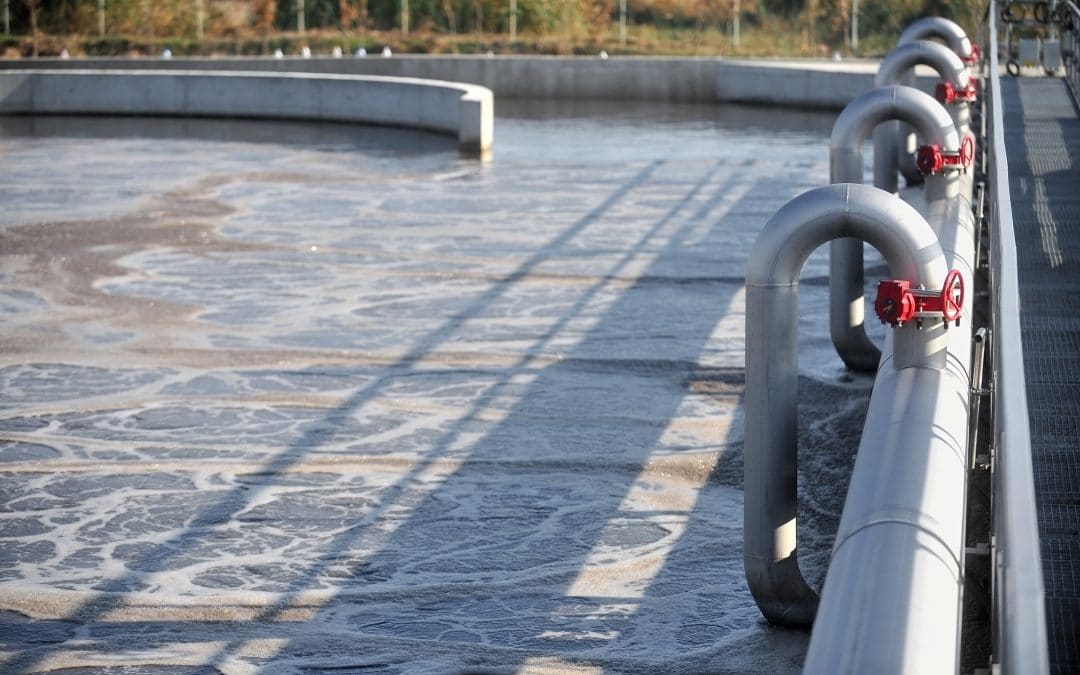There are words in our language which trigger instant, negative sensations in those that encounter them. Sometimes, these feelings are justified; other times, they are not. Words like ‘bacteria’ and ‘microbe’ fall into this latter category.
These words are often associated with a disease, with decay, with general ill-health and uncleanness, but, in reality, we need bacteria and microbes to survive. Microbes help us to maintain healthy digestion, they support entire ecosystems, and they can be used to great effect in our local communities.
Lift stations – or pumping stations – perform vital functions in our communities, but they can become unpleasant and even dangerous if they are not properly maintained. This is why good quality microbes and bacteria are so vital in your lift station; read on to learn more.
By using Microbe-Lift IND, highly active liquid culture consortium designed specifically for use in almost all environmental applications. IND select cultures promote increased biological degradation capabilities in all types of designs of biological wastewater systems, open lagoon and polluted environments.
A Fresher & Cleaner Environment in the Local Community
The nature of a pumping station – and the nature of the materials such stations handle – can, unfortunately, render them somewhat unpleasant to the people who live and work in the surrounding area. While people understand the vital work that lift stations do in municipalities all over the world, it is still the responsibility of the public works department to safeguard the quality of life of people nearby. Using good quality bacteria can assist with this.
Bacteria and microbe products work to neutralize odors, securing a fresher and far cleaner environment for the nearby community. They can also be used to treat the wastewater of the lift station – usually the source of the unpleasant odor. Oil, grease, and other unclean substances are broken down by the application of bacteria, and can then be easily removed or drained from the site.
Improve Public Health with Clean Municipal Water
Of course, improving air quality and odor in the region of the lift station is important in terms of quality of life for people living locally, but the implications of utilizing good quality microbes are actually much more profound.
If untreated water or another substance escapes from a lift station and enters the local environment, this can have dire consequences for public health and for local wildlife. This condition is known as sanitary sewer overflow – or SSO – and has caused significant problems in the United States in the past. Common causes include excessive levels of water entering the lift station system following a storm, or broken lines and other malfunctions.
By treating material quickly and efficiently with high-quality microbe products, levels of treated and untreated water are kept at manageable levels, greatly reducing the risk of SSO. This, in turn, helps to protect public health, which should always be the primary aim of a sanitation system.
Another way in which an improperly functioning lift station can cause problems to the environment is by delivering water with depleted oxygen levels into local ecosystems. This causes biological oxygen demand – or BOD – issues, which can have a catastrophic effect on plants and wildlife. Utilizing good quality bacteria within the lift station system protects these oxygen levels when clean water is delivered back to ecosystems, which in turn helps to protect the plants and animals which depend upon it.
Efficient Operation at Your Lift Stations
In order for a lift station to carry out its duties effectively, its operation must be consistently efficient. As lift stations must handle a wide range of different materials – some of heavier duty grades than others – this can cause issues with blocking and other problems within the system.
Industrial chemicals can be used to remove such blockages, but these substances have been known to create problems of their own. As well as being toxic and environmentally damaging, they are not always effective in removing the blockage. An alternative method is to physically remove the blockage, but this is not always possible, particularly in more sophisticated systems.
Microbial water treatments – when deployed within a lift station – are a far more cost-effective and efficient alternative to the above methods. Using bacteria has been shown to reduce the total suspended solids – or TSS – the content of sewage and water within the system, thus making it far less likely to cause a blockage or other malfunction. The ability not only to remove a blockage when it occurs but also to actively prevent blockages in the future, is incredibly valuable to lift station operators.
Longer Lasting Infrastructure
Communities rely upon their lift stations, and so they require pumping infrastructure which is built to last. Bacteria treatments are a big part of ensuring the longevity and continued operation of a lift station and securing a good quality sanitation system for future generations.
While traditional chemicals or other methods of water treatment may cause damage to infrastructure overtime, the gentler properties of bacteria enable the system to continue doing its job for longer. In addition, utilizing the right kind of bacteria can neutralize harmful gases and substances – such as hydrogen sulfide – preventing the corrosion and degradation of the system over time, and underlining the supreme versatility and importance of good quality microbes to lift stations.
More Information on Microbe-Lift Products
If you’re looking for more information, you can visit our Microbe-Life product page or you can fill out our contact form and one of our wastewater specialists will be in touch within 1-2 business days.
